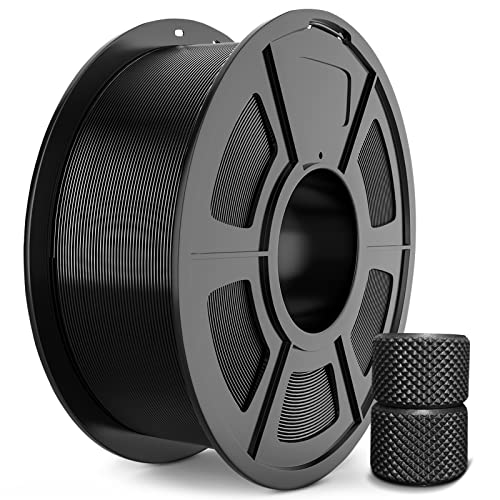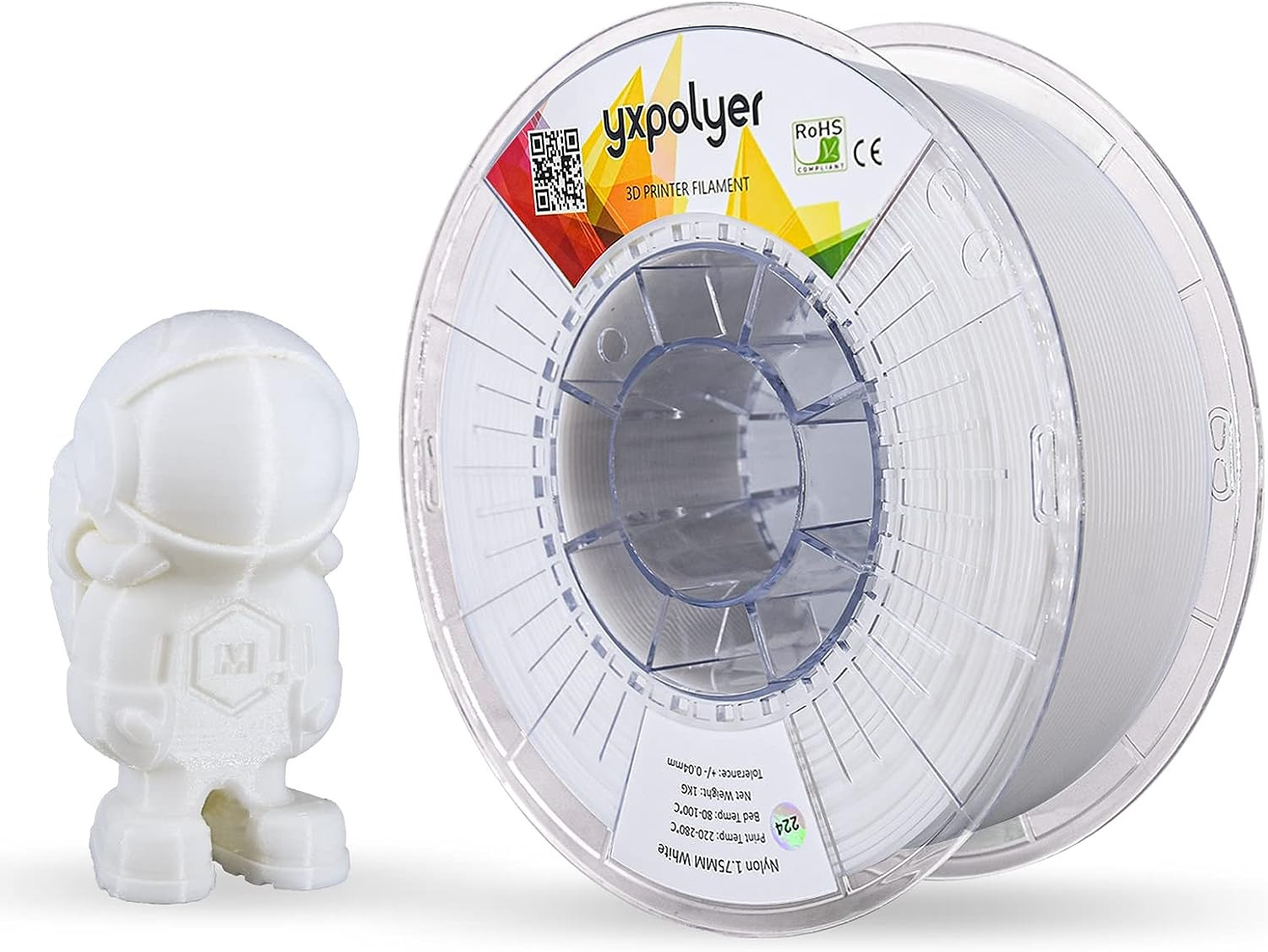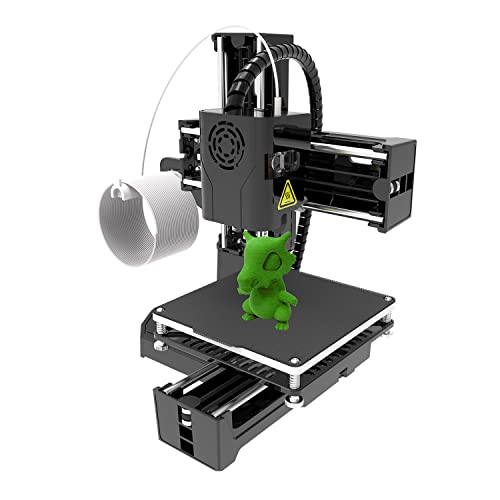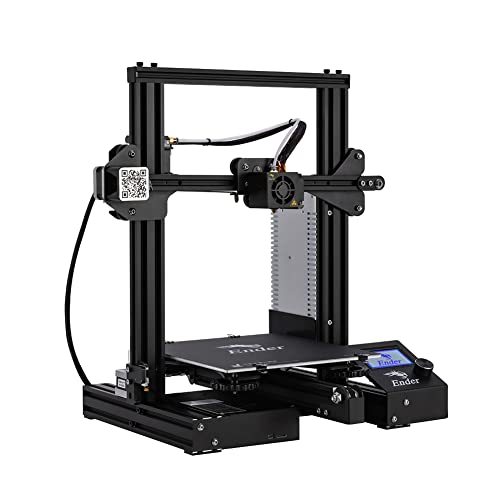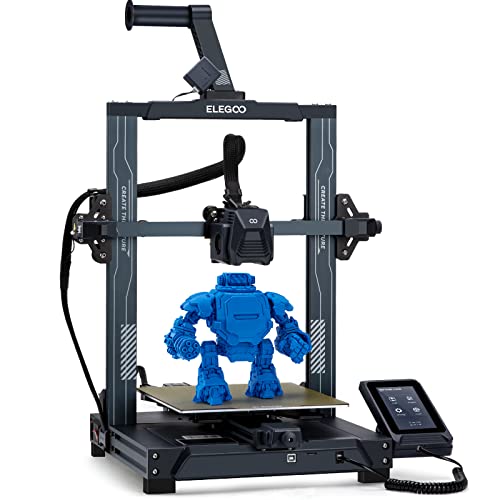Once you've figured out your projects, it’s time to choose a printer. Look for one that's beginner-friendly with plenty of online support. Popular choices for first-time users include models like the Creality Ender 3 or any of the Prusa kits. These printers come with great communities, so if you run into snags, there’s help at every turn.
As you dive into the world of DIY 3D printers, you’ll need to familiarize yourself with slicing software. This is where you'll prepare your designs for printing. Programs like Cura or PrusaSlicer are user-friendly and can make the process smoother. They let you adjust settings like print speed and layer height, so you can customize your prints like a pro.
Finally, gather your materials. PLA is a fantastic starter filament because it’s easy to work with and comes in a ton of colors. Be sure to keep your workspace tidy and organized; trust me, it helps when you're trying to troubleshoot an issue. With a little patience and practice, you'll be amazed at what you can create with your DIY 3D printer.
Choosing the Right printer for You
Picking the right printer for your needs can feel a bit overwhelming, especially with all the options out there. But don't sweat it! Let's break it down together, so you can find the perfect fit among the DIY 3D printers.
First, think about what you want to create. Are you into making simple prototypes, or are you dreaming of intricate models? If you're just getting started, look for a user-friendly printer that can handle basic designs. For those of you salivating over detailed projects, you might want something with higher precision and a larger build volume.
Next, consider the material you'll want to work with. Some DIY 3D printers are great for PLA and ABS filaments, while others can handle advanced options like nylon or flexible filaments. If you have a specific project in mind, make sure the printer supports the materials you plan to use.
Don’t forget about budget! There are awesome options across various price ranges. Set a budget that works for you. Remember, some of the best DIY 3D printers offer fantastic features without breaking the bank, so you can make your creations without emptying your wallet.
Finally, check out the community support and resources available for the printer you're eyeing. A printer with a strong community means you'll find plenty of tips and troubleshooting help along the way. Trust me; you'll appreciate having a friendly group to lean on when you're diving into the world of DIY 3D printers!
SUNLU Strong Black ABS Filament for FDM 3D Printers
Premium-quality black ABS filament designed for FDM 3D printers in the SUNLU Strong series
Product information
$17.99
Product Review Score
4.96 out of 5 stars
56 reviewsProduct links
Essential Tools You’ll Need
When you dive into the world of DIY 3D printers, having the right tools makes a world of difference. You don’t need a garage full of gadgets, but a few essentials will help you get the job done smoothly. Here’s a quick rundown of what you’ll want to have in your toolkit.
1. A Good Quality 3D Printer
2. Filament Supplies
3. Basic Hand Tools
4. A Clean Workspace
With these basic tools for your DIY 3D printers, you’re all set to start creating amazing things. It’s all about having fun and exploring what your imagination can come up with!
Easy Print Nylon Filament for 3D Printers 1.75mm
Durable and flexible nylon filament designed for high-quality 3D printing
Product information
$49.99
Product Review Score
4.18 out of 5 stars
54 reviewsProduct links
Tips for Successful 3D Printing
Getting started with DIY 3D printers can be a bit overwhelming, but it doesn't have to be. Here are some friendly tips to help ensure your 3D printing journey goes smoothly.
First off, make sure you have the right setup. Place your printer on a sturdy, flat surface to minimize vibrations. Any movement can throw off your prints, making them less than perfect. Also, try to keep your printing area clean and free from dust. A clean workspace can make a huge difference in the quality of your prints.
Next, don’t skimp on materials. Use high-quality filaments that are compatible with your printer. Cheap filaments can lead to clogs and poor-quality prints, which can be super frustrating. Always store your filaments properly, away from moisture and sunlight, to prevent them from degrading.
Calibration is king! Take a little time to calibrate your 3D printer before you start printing. This means leveling the print bed and adjusting the nozzle height. It might sound tedious, but it sets the foundation for great prints. Plus, it's a great way to get familiar with your machine.
Lastly, don't be afraid to experiment. Try different settings, speeds, or even types of filaments. DIY 3D printers give you the freedom to explore and see what works best for your projects. Keep notes on what you try so you can repeat your successes and learn from mistakes. Enjoy the process—happy printing!
